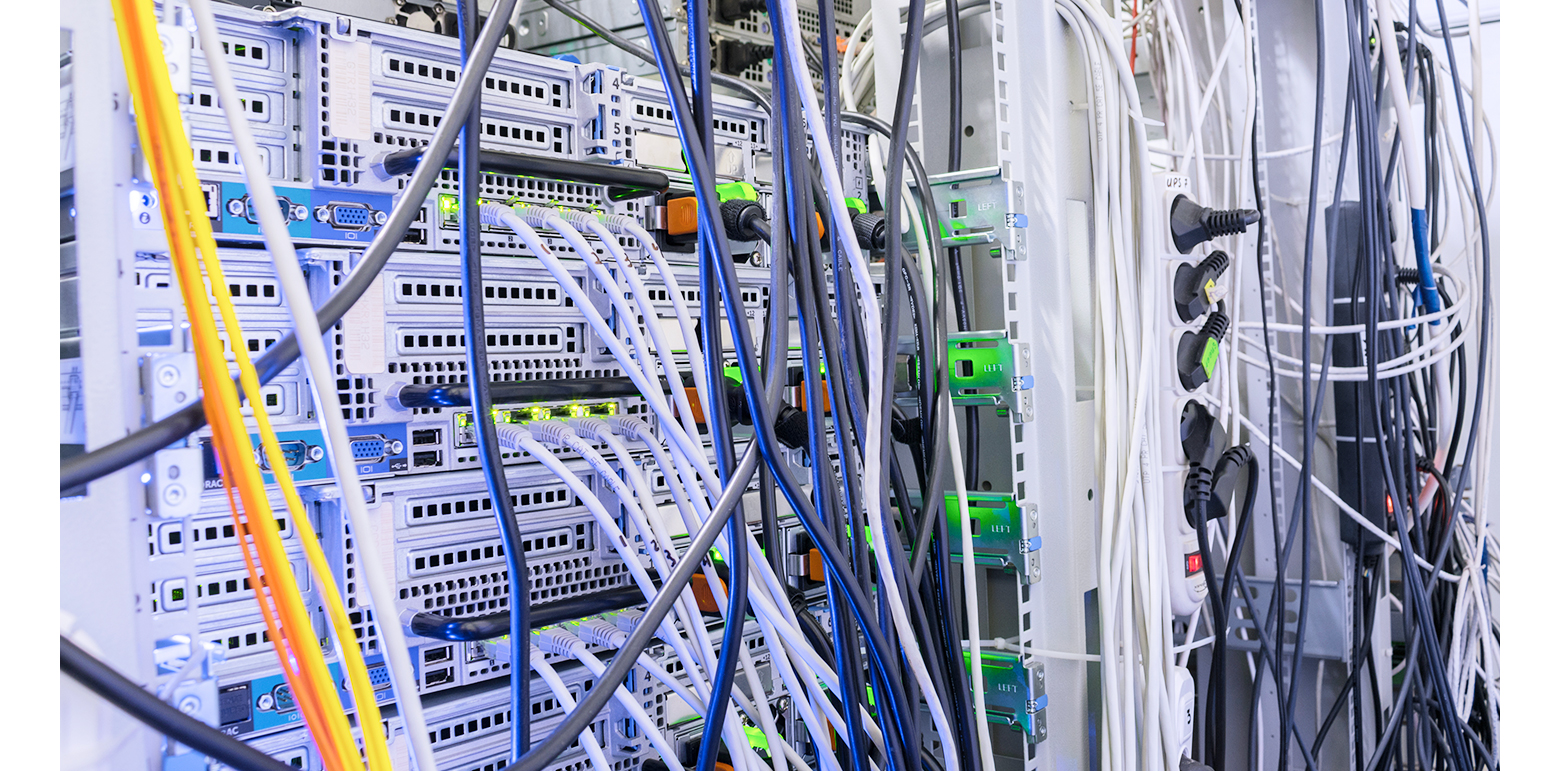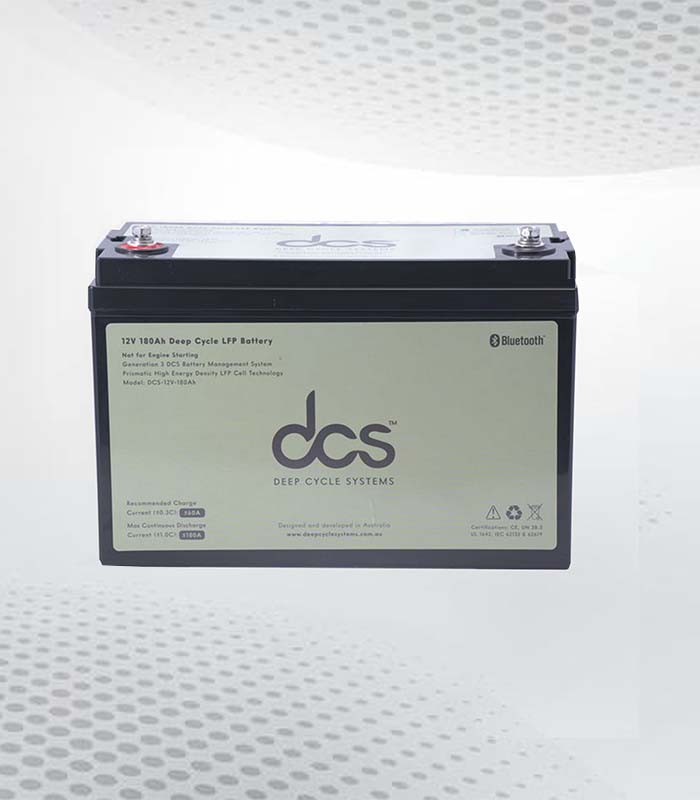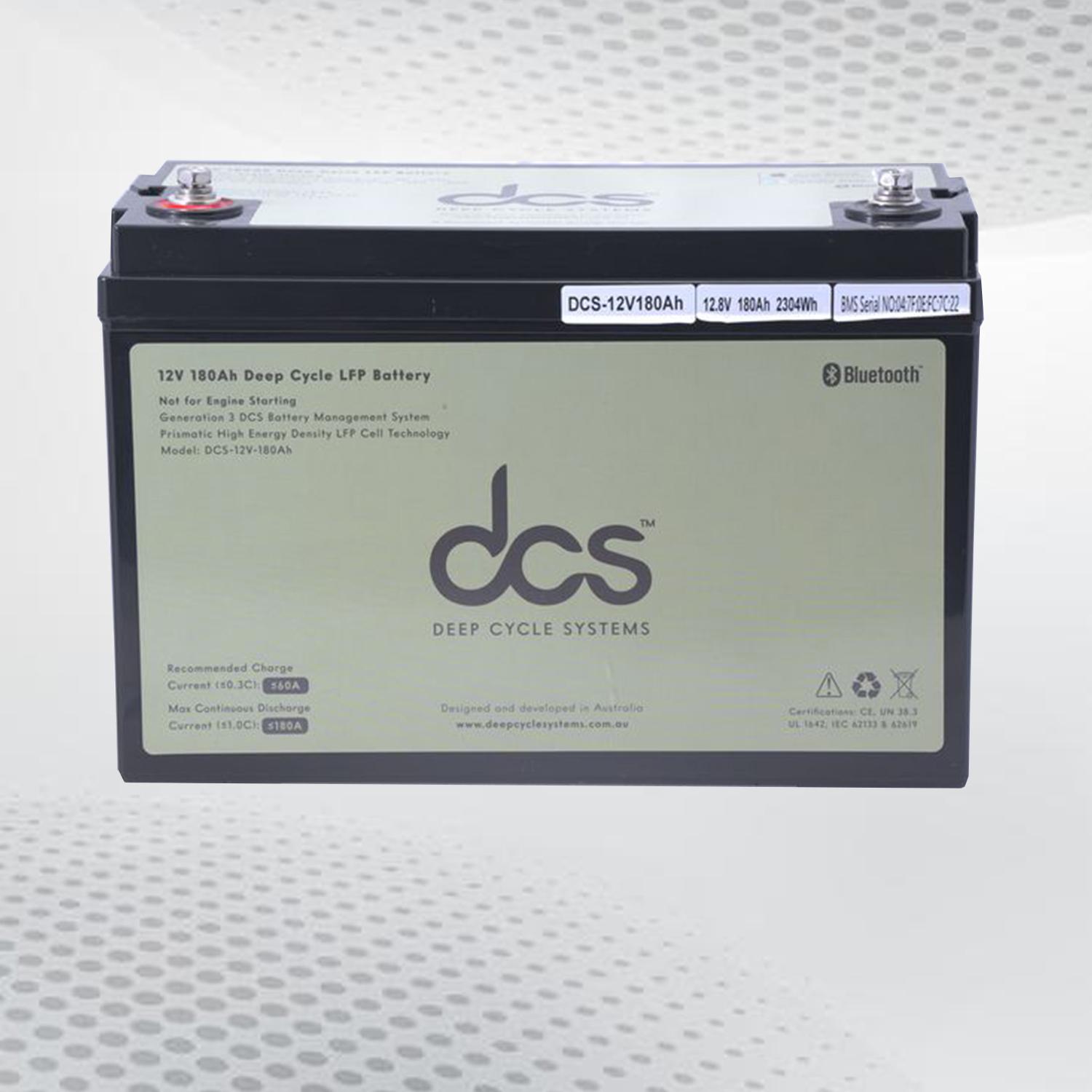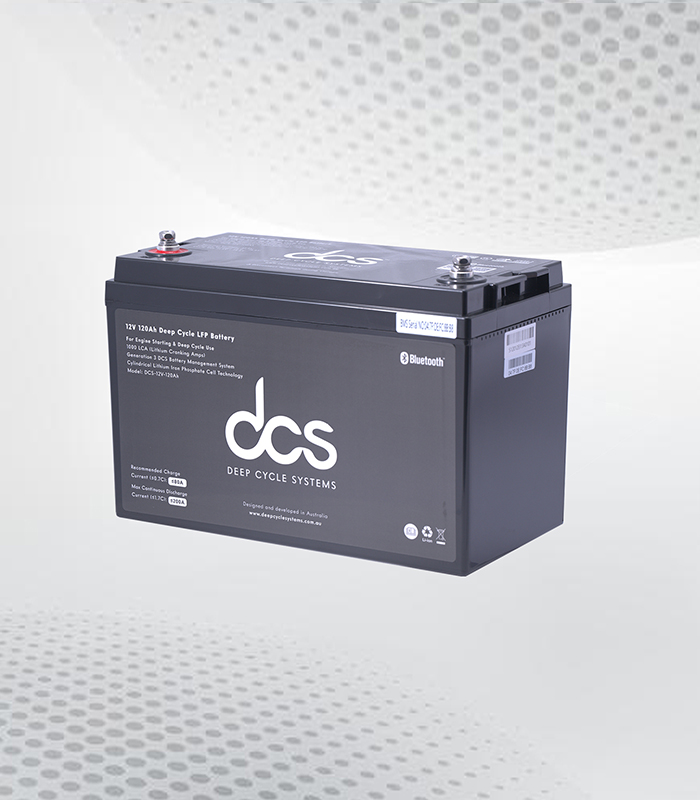Effective cable management is more than just keeping cables tidy; it plays a crucial role in the efficiency and reliability of your network. For those utilizing a network cabling services company in Edison, understanding how to manage cables properly can lead to better performance and fewer issues. Proper cable management ensures that your network runs smoothly, reduces downtime, and simplifies maintenance and upgrades.
Importance of Cable Management
Cable management is essential for several reasons:
- Reduced Interference: Properly managed cables minimize electromagnetic interference and crosstalk between cables, which can disrupt data transmission.
- Enhanced Airflow: Keeping cables organized helps maintain proper airflow around network equipment, which prevents overheating and improves the lifespan of your devices.
- Simplified Troubleshooting: Well-organized cables make it easier to identify and fix network issues quickly, as it’s easier to trace and access connections.
Key Components of Effective Cable Management
To manage cables effectively, consider the following components:
- Cable Trays and Raceway Systems: These systems help route cables neatly along walls or ceilings. They provide support and prevent cables from sagging or tangling.
- Cable Ties and Velcro Straps: Use these to bundle cables together and keep them organized. Velcro straps are often preferred over zip ties because they can be adjusted and reused.
- Cable Labels: Labeling each cable helps identify its function and destination, which is crucial for troubleshooting and future upgrades.
Best Practices for Cable Management
Adopting best practices for cable management can significantly improve your network’s efficiency. Here are some strategies to consider:
Planning and Design
- Map Out Your Network: Before installing cables, create a detailed plan of your network layout. Identify where cables will run and how they will connect to various devices.
- Select Appropriate Cable Types: Use cables that match the performance requirements of your network. For example, high-speed networks may require higher-grade cables to ensure optimal performance.
Installation Techniques
- Maintain Proper Bend Radius: Avoid bending cables too sharply, as this can damage them and affect signal quality. Follow the manufacturer’s specifications for bend radius.
- Separate Power and Data Cables: Keep power cables separate from data cables to reduce the risk of interference. This separation helps maintain the integrity of data transmission.
- Use Cable Management Accessories: Implement cable trays, ties, and other accessories to keep cables organized and prevent them from becoming tangled or damaged.
Ongoing Maintenance
- Regular Inspections: Periodically check your cable management setup to ensure everything remains in good condition. Look for signs of wear or damage and address any issues promptly.
- Update Documentation: Keep your network documentation up-to-date with any changes in cable routing or connections. This helps maintain an accurate record of your network setup.
Benefits of Effective Cable Management
Effective cable management brings several benefits to your network:
- Improved Performance: Well-managed cables reduce interference and maintain signal quality, leading to better overall network performance.
- Extended Equipment Life: Proper cable management prevents physical damage to cables and network devices, which can extend the life of your equipment.
- Easier Upgrades and Maintenance: With organized cables, upgrading or maintaining your network becomes simpler and faster. Clear labeling and accessible connections make these tasks more manageable.
- Enhanced Safety: Organized cables reduce the risk of trips and falls, contributing to a safer work environment.
Common Mistakes in Cable Management
Avoiding common mistakes can help you maintain an efficient network:
- Overloading Cable Trays: Avoid cramming too many cables into a single tray, as this can lead to overheating and difficulty in managing the cables.
- Neglecting Cable Labels: Failing to label cables can lead to confusion and extended downtime when troubleshooting network issues.
- Improper Cable Routing: Running cables in a disorganized manner or without proper support can lead to damage and performance issues.
Tools for Effective Cable Management
Using the right tools can make cable management easier:
- Cable Cutters: Ensure clean cuts for both installation and removal of cables.
- Cable Labeling Tools: Invest in a labeling system to create durable and clear labels for your cables.
- Cable Management Panels: Install panels to help guide and organize cables within network racks or cabinets.
Conclusion
Effective cable management is essential for maintaining a high-performance network. By organizing cables properly, you reduce interference, enhance airflow, and simplify maintenance. For those working with a network cabling services company in Edison, adopting best practices in cable management not only improves efficiency but also extends the lifespan of your network equipment. A well-managed network ensures smooth operations and lays the groundwork for future expansions and upgrades.




